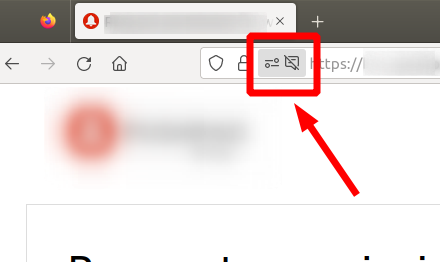
Avoiding common mistakes in asphalt paving repairs
Key Takeaways
- Understand the common mistakes DIYers make in asphalt repairs.
- Learn about proper preparation and material selection.
- Know the techniques for effective application and finishing.
- Discover maintenance tips to prolong the life of your repairs.
Asphalt paving repairs can seem straightforward, but many DIYers encounter pitfalls that lead to costly mistakes. Whether you are looking to patch a worn driveway or fix a pothole, understanding these common errors and how to avoid them is key to achieving a professional finish. This guide explores various mistakes that can occur during asphalt repairs and presents effective strategies to ensure your project is successful.
Common mistakes in asphalt paving repairs
Before we dive into how to avoid these mistakes, let's look at the common errors that can compromise your asphalt repair project:
| Mistake | Description | Impact |
|---|---|---|
| Poor surface preparation | Failure to clean and repair the base surface can lead to poor adhesion. | Ineffective bonding causes cracks and premature failure. |
| Using incorrect materials | Choosing the wrong type of asphalt or fillers can weaken repairs. | Leads to repairs that break down quickly under stress. |
| Incorrect temperature | Applying asphalt at improper temperatures affects its consistency. | May result in uneven surfaces and poor durability. |
| Neglecting to compact | Pavement needs to be compacted to ensure stability. | Uncompacted repairs are more prone to cracking. |
| Skipping the curing process | Not allowing adequate time for curing can affect strength. | Repairs may crumble and develop potholes. |
How to avoid these mistakes
Understanding how to navigate these pitfalls is essential for a successful paving repair. Here are some practical tips to guide you:
Beginner tips for successful asphalt repairs
- Prepare the surface: Clear away any debris, weeds, or damaged asphalt before starting.
- Select the right materials: Choose asphalt mixes suitable for your specific repair needs.
- Monitor temperature: Check the temperature of the asphalt mix and the surrounding environment before application.
- Invest in compaction equipment: Use a roller or tamper to compact the asphalt properly.
- Allow for proper curing: Follow the manufacturer's recommendations for how long to wait before using the repaired area.
The importance of proper techniques
Using the right methods enhances the longevity and appearance of your asphalt repairs. Here are a few techniques to ensure successful outcomes:
- Layering: Apply asphalt in layers to ensure stronger repairs.
- Edging: Use edge trimmers for smooth and neat edges, preventing further wear.
- Sealing: Once repaired, consider applying a sealant for added protection against weather elements.
- Proper drainage: Ensure that water can easily drain away from the repaired area.
- Regular maintenance: Schedule routine checks and maintenance to catch issues early.
Conclusion
Avoiding common mistakes in asphalt paving repairs is crucial for achieving a durable and visually appealing surface. By understanding the potential pitfalls and adhering to best practices, both DIYers and professionals alike can improve their outcomes significantly. If you want to read more about maintenance and preparation for asphalt paving, check out our sections on how-to guides and maintenance equipment.
Pros
- Improves the appearance of driveways and pathways.
- Extends the life of asphalt surfaces with proper care.
- Enhances safety by repairing tripping hazards.
Cons
- Can be labor-intensive for large projects.
- Requires upfront investment in tools and materials.
- Potential for costly mistakes if not done correctly.

